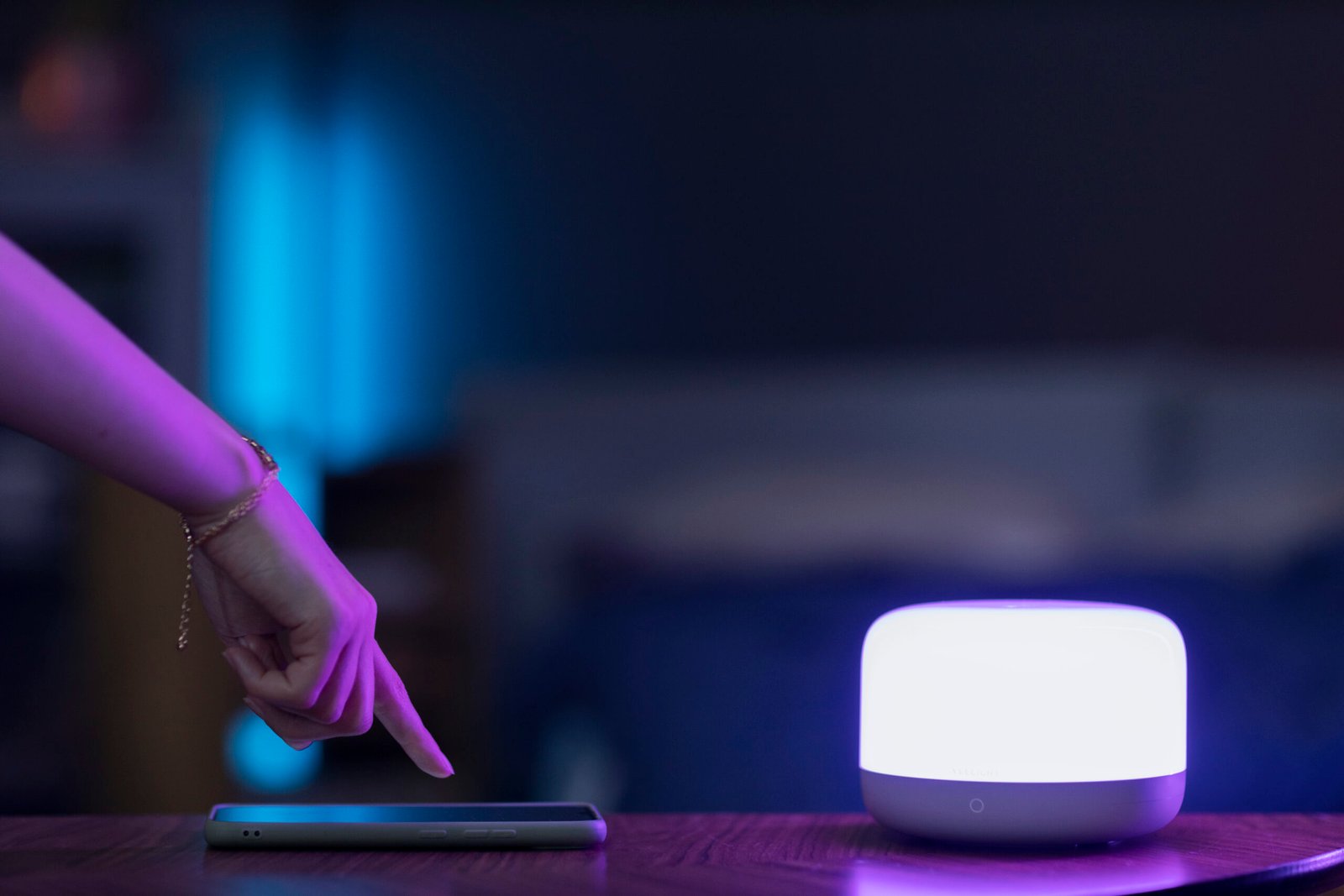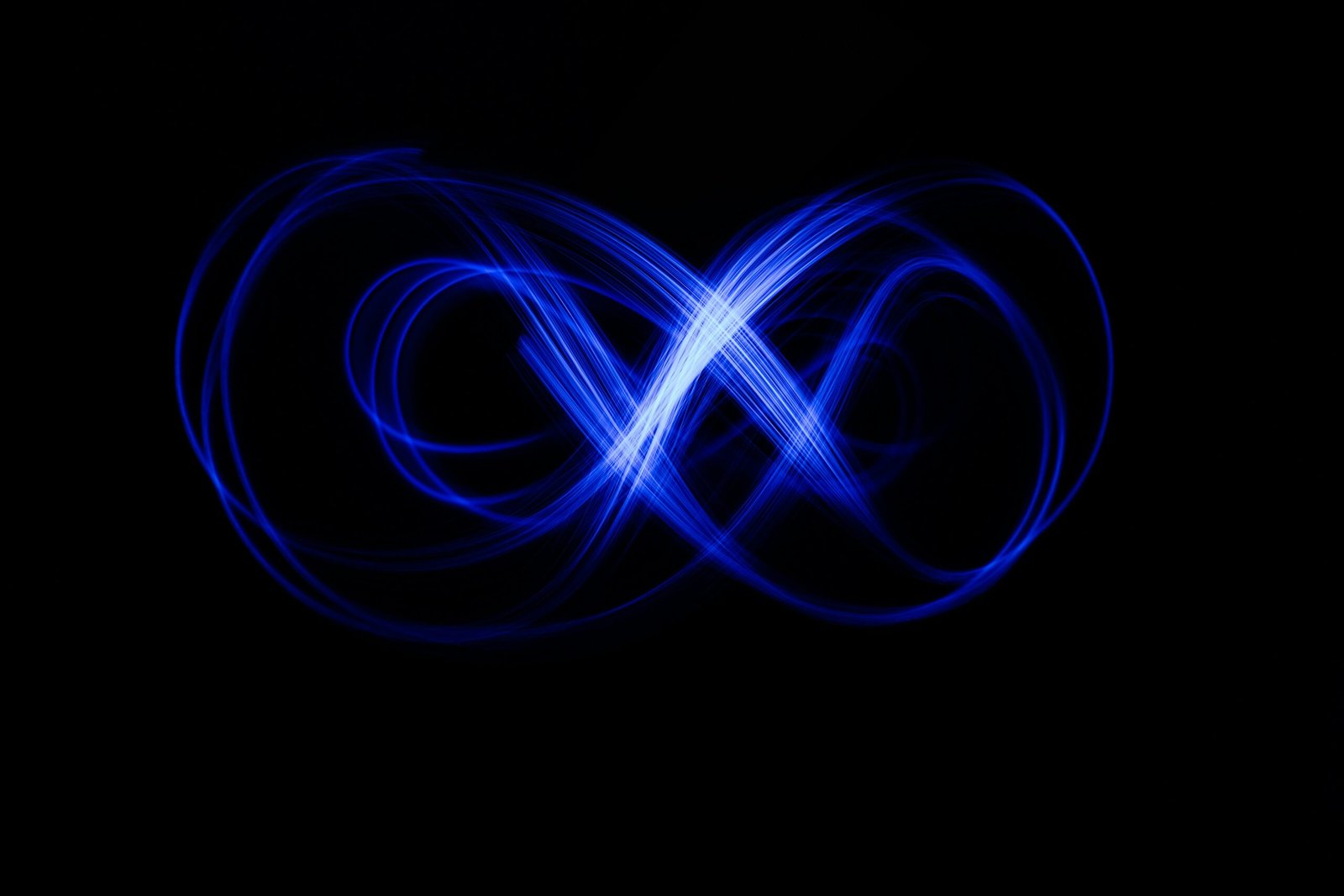
Difference between LiFi vs VLC (Visible Light Communication)
Discover the key similarities and differences between LiFi vs VLC. Understand how each technology impacts data communication and which is best for your needs.

Wireless light connectivity technologies are gaining popularity in the world of modern communication. As the radio-frequency spectrum gets overcrowded, organizations need an alternative connectivity provider to reliably access the internet. Free space optical communication is steadily evolving as a high-speed, and secure mode of data transmission for a range of sectors. We can find new applications for LiFi and VLC technologies in highly versatile domains such as education, healthcare, defense, aerospace, and transport. Going by current trends, it is safe to say that communication using free space optics is here to stay and change the face of connectivity in the coming future.
The article focuses on discussing the key similarities and differences between LiFi vs VLC technologies, while also understanding their advantages and prospects.
What is Visible Light Communication Technology?
Visible Light Communication or VLC is a wireless communication technology that uses optical signals of the visible light spectrum to transmit data. The VLC system transmits data by modulating the intensity of information-bearing light signals emitted from a light source. This signal is received by a photodiode device which transforms its data into electrical signals that can be interpreted by a computer.
The VLC technology utilizes the visible spectrum of light, which ranges from 400 to 800 THz for the transmission of information. A key advantage of using VLC over the traditional radio-wave spectrum is the availability of larger data-carrying bandwidth. This allows visible light communication systems to transmit bigger volumes of data with lower latency and higher signal stability.
What is LiFi Technology?
LiFi or Light Fidelity is a bidirectional wireless communication technology that utilizes light waves to transmit data at high speeds. The LiFi system is capable of using different parts of the light spectrum- such as visible, ultraviolet, infrared, and invisible rays to transfer data across a network. Harald Haas introduced this technology during a 2011 TedTalk in Edinburgh.
Currently, most LiFi networks depend on light from LED lamps to transmit data. The data transmission speed and security offered by LiFi far exceeds conventional internet technologies which depend on radio waves to transfer data. Reliance on light waves means LiFi connections enjoy better bandwidth and no interference from other electromagnetic signals in their vicinity. These characteristics make LiFi a much more preferable technology in high-density areas such as hospitals, aircraft cabins, or military posts.
Similarities Between LiFi and VLC Technology
Here are some key similarities between VLC and LiFi technologies:
| VLC Technology | LiFi Technology | |
|---|---|---|
| Light Source | Only Visible Light. | Relies on a wider optical spectrum, including visible light |
| Communication Technology | Optical Wireless | Optical Wireless |
| Bandwidth | High | High |
| Data Transmission Style | Direct line-of-sight | Direct line-of-sight |
| Communication Range | Shorter than RF | Shorter than RF |
| Ambient Light Interference | Low | Low |
| Interference from other devices | None | None |
| Security | High | High |

Key Differences Between LiFi and VLC Technology
Here are some main differences between VLC and LiFI communication technology:
| VLC Technology | LiFi Technology | |
|---|---|---|
| Light Source | Visible Light | Infrared/Invisible/Visible |
| Transmission Style | Point-to-point | Bidirectional |
| Data Rates | Low | High |
| Stability | Medium | High |
| Speed | Medium | High |
| Standardization | Fragmented and diverse | Consistent standards(IEEE 802.11bb) |
| Energy Efficiency | Medium | High |
| Network Capabilities | Supports static, and unidirectional networks | Supports agile, and mobile networks |
| Commercialization | Low | High |
Advantages of Visible Light Communication and LiFi
Both VLC Systems and LiFi offer many advantages over traditional communication technologies. Here are some key benefits of adopting wireless optical communication networks:
- High Data Transfer Rates
Light communication systems offer increased bandwidth for transmitting higher volumes of data across their networks. This allows LiFi and VLC systems to transfer information at higher speed and lower latency, making them ideal for streaming HD videos, connecting on online conference calls, or sharing large data files.
- Improved Security
Light waves cannot penetrate walls or cross opaque objects. This limits the coverage area of optical communication systems to a limited zone. Consequently, devices located outside their predetermined zone of coverage cannot access these data-carrying light signals. Additionally, most network providers can give users a unique security code or access key to give optical connections another layer of security. So, a combination of inherent physical characteristics and software-based protection results in a higher level of security for LiFi and VLC networks.
- Reduced Interference
As optical communication technologies use light signals to transfer data, they face significantly reduced interference from nearby devices and machines. Since most of the present-day devices depend on radio frequency waves for communication, their signals cannot interfere with VLC or LiFi networks. As a result, devices that use light technology experience secure signal propagation even in highly RF-populated and challenging areas. This makes them an ideal alternative to traditional networks in dynamic, or high-risk domains such as military, aerospace, and hospital settings.
- Reliability
Light communication technologies can improve the reliability and stability of data transmission networks, leading to enhanced user experience. Both VLC and LiFi technologies use the optical light spectrum, which is much less crowded than the commonly used radio spectrum. As light signals are only successful in line-of-sight transmission, they result in creating highly precise connections with participating devices. All these features give light-based networks a higher bandwidth, lower latency, and reduced congestion even in busy environments.
- Cost Savings
Light-based internet is easier and quicker to install when compared to traditional communication systems. This is because both the LiFi and VLC systems are completely wireless, and depend on a few light equipment to establish a network. Once installed, they can seamlessly integrate with the infrastructural specifications of their environments to form well-functioning connections. In the long run, light-based networks can lower the carbon footprint of connectivity in two ways- firstly, by reducing electrical waste, and secondly, by offering power-saving benefits. As a result, optical networks offer a very high ROI to users, and more than compensate for their initial installation costs.
Future Trends and Prospects in LiFi and VLC Technology
Here are some key trends that will guide the future development of LiFi and VLC technologies:
- Increased Adoption
As the world looks for alternatives to conventional communication technologies, we expect a steady growth in the adoption of light communication systems. Since the radio frequency spectrum is already overburdened in most urban areas, people and organizations are opting to employ LiFi technology for improved connectivity in busy settings. As a result of rising market demand, a number of new OEM companies are all set to provide LiFi products for a wider consumer base. Recent R&D has helped companies like Oledcomm come up with customized LiFi solutions for various industries, including defense, aerospace, underwater communication, and transportation. The simple deployment process of light-based networks makes them a favorite among sectors looking for agile, and quickly implementable internet connections.
- Standardization
As commercialization of light technology becomes more common, standardization will play an important role in driving the easy adoption of LiFi and VLC systems. The development of global standards in light communication products will accelerate their integration into existing connectivity systems. Standardization is also crucial for maintaining consumer trust and increasing cross-company collaborations. Presently, the most common standard for LiFi technology is taken to be the IEEE 208.11bb system. Leading LiFi companies such as Oledcomm have collaborated with other manufacturers and industry experts to finalize robust product development standards which are to govern all LiFi-based devices.
- New Applications
Light technology is being explored to provide connectivity in new and emerging sectors across the world. Especially in areas where radio frequency signals are overused and not that effective, the use of optical networking could be a game changer. LiFi networks are being used for building connectivity on smart roads, and also for facilitating real-time vehicle-to-vehicle(V2V) communication. In the case of self-driving cars, optical connections can support road safety measures by improving vehicle-to-infrastructure communication. LiFi technology is also being exploited to enhance communication quality in remote operations, such as underwater exploration, naval operations, and space missions. The high-speed, low-latency feature of light-based networks can also be used to improve the quality of AR/VR applications.
- Sustainable Connectivity
Light communication systems are more environment-friendly and energy-efficient than most of the traditional networks. As LiFi and VLC technologies do not require the installation of wires or heavy electrical equipment, these systems do not generate as much electrical waste as conventional connectivity networks. Moreover, as most optical networks depend on a humble LED bulb as their source of data transmission, they consume far less electricity when compared to the typical WiFi or 5G network. As a result, the adoption of wireless optical communication can offer sustainable and stable connectivity to users, while also reducing their long-term carbon footprint.
Conclusion
The world of communication is constantly evolving to enhance the speed, security, and stability of data transmission. The traditional, radio-frequency-based networks played an important role in democratizing the availability of internet connections for people. However, with the advent of Web3 and the concurrent growth of online businesses, most organizations and private users are looking for improvements in the privacy and reliability of their internet providers. This is where wireless optics enters as an upgraded alternative to conventional internet.
Oledcomm has taken part in spreading the benefits of LiFi technology to the masses by providing customized light-internet solutions to the market. Oledcomm’s LiFi products offer easy integrations with existing technologies, as they seamlessly provide modern homes and working spaces with enhanced connectivity. If you want to experience the joy of using wireless light-based communication in your own life, contact Oldecomm today!
The basic principle behind LiFi and Visible Light Communication (VLC) is the use of light waves to transmit data. VLC uses optical signals in the visible light spectrum by modulating the intensity of light emitted from a light source, which is then received by a photodiode and converted into electrical signals. LiFi, on the other hand, utilizes various parts of the light spectrum, including visible, ultraviolet, infrared, and invisible rays, to transfer data across a network.
Yes, line of sight is necessary for both VLC and LiFi technologies. Both technologies rely on direct line-of-sight for data transmission.
LiFi supports bidirectional communication, whereas VLC supports point-to-point communication.
Devices equipped with photodiode receivers that can convert optical signals into electrical signals can use LiFi and VLC. These technologies are suitable for various sectors, including education, healthcare, defense, aerospace, and transport, and devices used in these areas—such as computers, medical equipment, communication devices in aircraft, vehicular communication systems, etc can use LiFi and VLC.
Recent articles

Categories
See some more...




